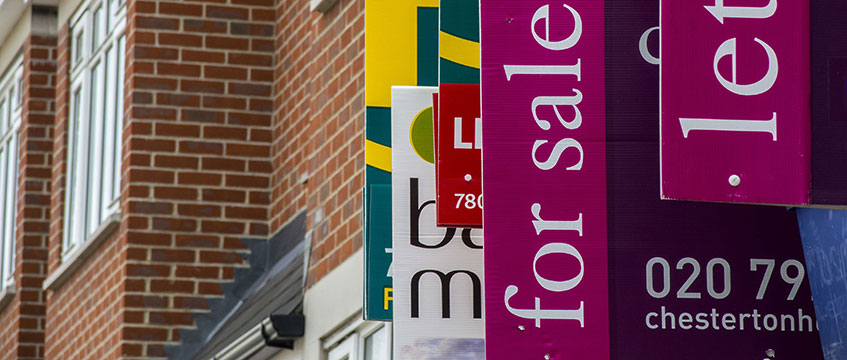June quarter will reveal the true impact of Covid-19
We have been tracking rent collection data from around 35,000 UK properties on our platform over the past few months, and it has given us some compelling insight into how the UK’s commercial property sector is facing up in its battle against Covid-19.
Our analysis for the March quarter revealed that just 67% of commercial rent had been paid 60 days after the deadline. This compared with a figure of 84% for the December 2019 quarter.
The industry is now waiting to see what the impact will be on the June quarter. The general consensus is that it will be more severe by comparison with March. The question is, how much more severe?
We have been tracking rent collection data from around 35,000 UK properties on our platform over the past few months, and it has given us some compelling insight into how the UK’s commercial property sector is facing up in its battle against Covid-19.
Our analysis for the March quarter revealed that just 67% of commercial rent had been paid 60 days after the deadline. This compared with a figure of 84% for the December 2019 quarter.
The industry is now waiting to see what the impact will be on the June quarter. The general consensus is that it will be more severe by comparison with March. The question is, how much more severe?
As we look ahead to 24 June, we need to remember that, unlike the March quarter, businesses across the country have felt the full force of lockdown measures during the past three months. Many organisations would have been operating as normal for the majority of the first quarter of the year and will have benefitted from some cash reserves to cover overheads. Now they will be facing the true realities of the crisis.
Look north
One early indicator that could give us a signal of what June may hold is looking at Scotland’s recent rent day on 28 May. Our data shows that six days after deadline, just 40% of commercial rents were paid, compared with an average of 58% for the past two quarters. That’s an overall decline of 31%.
Of course, each sector is responding differently to the crisis. Unsurprisingly, retail has taken the hardest hit since the outbreak of coronavirus. Landlords with high exposure to this asset class experienced the largest decline in cash receipts last quarter day, and the sector has also been blighted by ‘can pay, won’t pay’ issues. For the March quarter, retail was down by 29% 60 days after rent day compared with its usual average, and I expect that will worsen this quarter, simply because the majority of retailers have not been able to trade, or only in a limited capacity.
However, longer-term, with digital sales reported to have hit record highs, and Hammerson and others preparing to reopen shopping centres from mid-June, perhaps there is a glimmer of light at the end of the tunnel. It will be interesting to see if the government’s new code of conduct has any pragmatic effect on transparency between landlords and tenants on payments going forwards.
The logistics and industrial sector, long touted as one of the strongest asset types, reported a surprising 17% decrease by day 60 in the last quarter. I would expect some improvement for June, however. Fuelled by demands in e-commerce, cold storage and warehousing, the sector is reporting an uptick. Cushman & Wakefield’s live tracker of industrial and offices occupier demand found 14.5m sq ft of industrial had exchanged, completed or gone under offer since lockdown began, with demand for UK logistics and industrial up 24% on pre-lockdown figures as the sector booms during the pandemic.
The office sector has proved the most resilient so far. Last quarter rent collection dropped by just 7% at day 60 compared with its typical average. I expect this resilience will hold for June and offices will outperform by comparison to other asset types once again.
Sobering data
However, as the Covid-19 crisis lengthens and people across the country continue to work from home, the office sector could be the one to watch longer-term. The conversation around the future of the office is only really beginning. Working from home policies and the impact that will have on workspace requirements are yet be fully appreciated, especially as large corporates and tech giants including the likes of Standard Life Aberdeen, Google, Amazon and Facebook extend WFH policies, in some instances into 2021 and in others permanently.
The path to recovery for each sector will continue to vary. Ongoing social distancing measures and shifts in consumer habits will affect some more than others. Most businesses are just starting to consider their new protocols, supply chains and the logistics of returning to normal trading, while waiting on further government guidelines.
However, after weeks of speculation, June quarter will give us the first real lens into how coronavirus has affected the real estate sector. The data will no doubt be sobering and will expose just how much pressure our industry is under, and the challenging road ahead for both landlords and tenants. But it will also give us some concrete evidence that can be used to inform the recovery phase.
Tom Wallace is chief executive at Re-Leased











